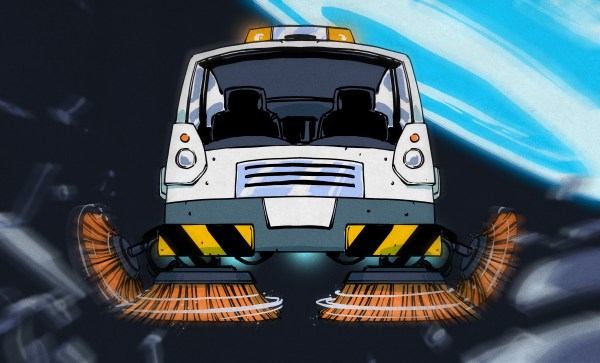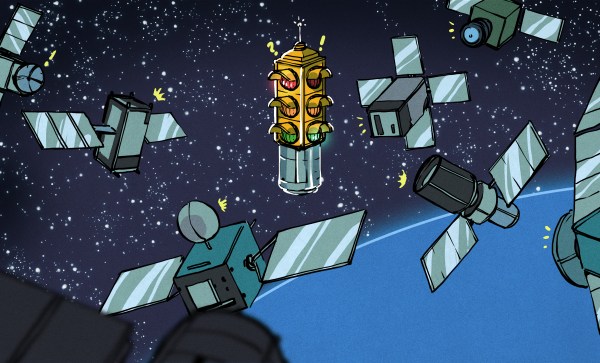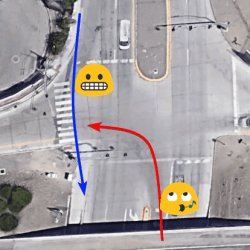Picture in your mind a big parking lot with 131 million cars on it. Now imagine that they are spread out over the entire Earth’s inhabited areas. Although still a large number, it is absolutely dwarfed by the approximately 1.47 billion cars registered and in use today, with room to spare for houses, parks and much more. The 131 million represents the total number of known and estimated space debris objects in Earth orbit sized 1 mm and up, as per the European Space Agency. This comes on top of the approximately 13,200 satellites still in Earth orbit of which 10,200 are still functional.
Now imagine that most of these 131 million cars of earlier are sized 10 cm or smaller. Spaced out across the Earth’s entire surface you’d not be able to see more than at most one. Above the Earth’s surface there are many orbital planes and no pesky oceans to prevent millimeter and centimeter-sized cars from being spaced out there. This gives a rough idea of just how incredibly empty Earth’s orbital planes are and why from the International Space Station you rarely notice any such space debris until a small bit slams into a solar panel or something equally not amusing.
Cleaning up space debris seems rather unnecessary in this perspective, except that even the tiniest chunk travels at orbital velocities of multiple kilometers per second with kinetic energy to spare. Hence your task: to chase down sub-10 cm debris in hundreds of kilometers of mostly empty orbital planes as it zips along with destructive intent. Surely this cannot be so difficult with lasers on the ISS or something?
Continue reading “Flirting With Kessler: Why Space Debris Physics Make It Such An Orbital Pain”














